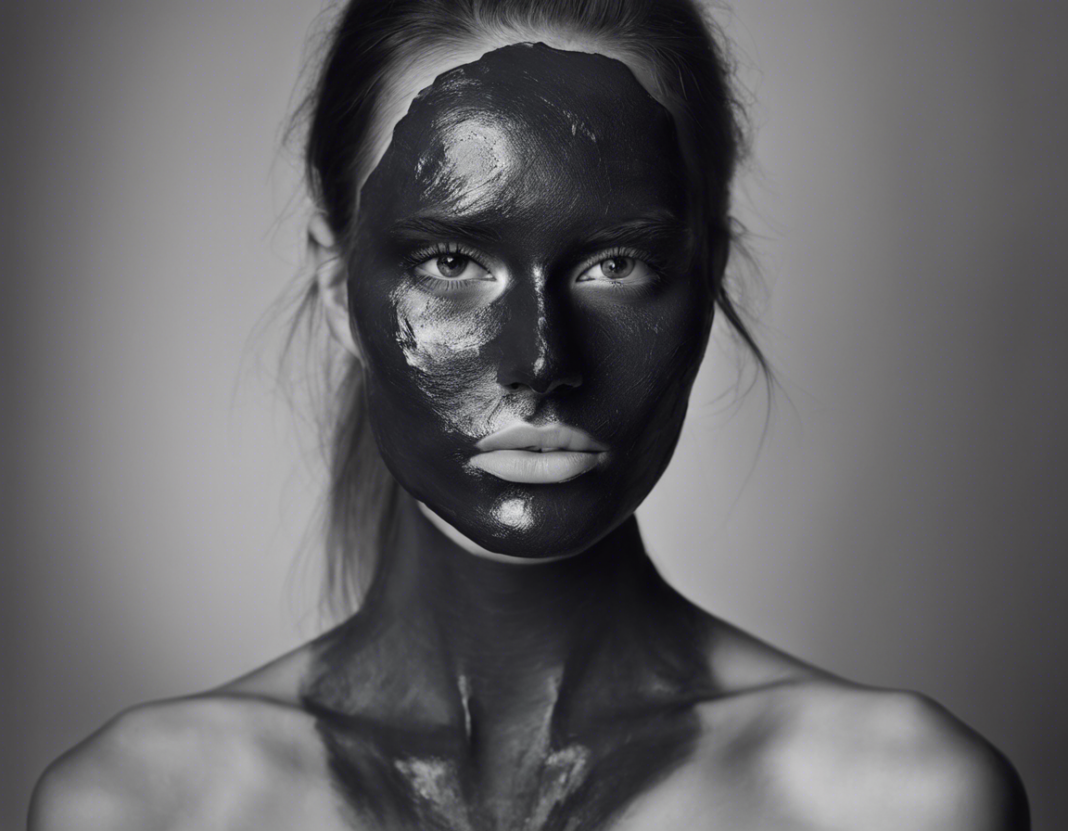In recent years, charcoal face masks have gained immense popularity in the skincare world for their remarkable ability to cleanse, detoxify, and revitalize the skin. These masks are known for their deep-cleansing properties, making them ideal for individuals with congested pores, acne-prone skin, or those looking to achieve a radiant complexion. In this comprehensive guide, we will delve into everything you need to know about charcoal face masks, including their benefits, how to use them effectively, potential side effects, and much more.
The Benefits of Charcoal Face Masks:
1. Deep Cleansing: Charcoal is well-known for its ability to draw out impurities, toxins, and pollutants from the skin, making it an excellent ingredient for deep-cleansing masks.
2. Pore Minimizing: By unclogging pores and removing excess sebum, charcoal face masks can help minimize the appearance of pores, giving your skin a smoother look.
3. Acne-Fighting Properties: Charcoal has natural antibacterial properties, which can help combat acne-causing bacteria and reduce breakouts.
4. Exfoliation: Some charcoal masks contain exfoliating properties that can slough off dead skin cells, revealing a fresh and radiant complexion.
5. Oil Control: For individuals with oily skin, charcoal masks can help control excess oil production, leading to a more balanced complexion.
How to Use Charcoal Face Masks Effectively:
-
Start with a Clean Face: Before applying the mask, ensure your face is clean and free of any makeup or impurities.
-
Patch Test: If you are using a charcoal mask for the first time, perform a patch test on a small area of skin to check for any adverse reactions.
-
Apply Evenly: Using clean fingertips or a brush, apply a thin, even layer of the mask to your face, avoiding the eye and lip areas.
-
Relax and Let It Dry: Allow the mask to dry completely, typically for 10-15 minutes. You may feel a tightening sensation as the mask dries.
-
Rinse Off: Gently rinse off the mask with lukewarm water, using gentle circular motions to exfoliate if the mask contains exfoliating particles.
-
Moisturize: Follow up with your favorite moisturizer to replenish hydration and keep your skin soft and supple.
Potential Side Effects of Charcoal Face Masks:
While charcoal face masks are generally safe for most skin types, some individuals may experience the following side effects:
-
Dryness: Charcoal masks can be drying, so it’s essential to moisturize adequately after use.
-
Sensitivity: Those with sensitive skin may experience redness or irritation. Perform a patch test before using the mask.
-
Breakouts: In some cases, charcoal masks may cause temporary breakouts as they draw out impurities from the skin.
-
Allergic Reactions: If you have a known allergy to any ingredients in the mask, avoid using it to prevent allergic reactions.
FAQs About Charcoal Face Masks:
- Can charcoal face masks be used on all skin types?
-
Charcoal face masks are suitable for most skin types, but individuals with sensitive or extremely dry skin should use them with caution.
-
How often should I use a charcoal face mask?
-
For most people, using a charcoal mask once or twice a week is sufficient to reap its benefits without over-drying the skin.
-
Are charcoal face masks effective in reducing blackheads?
-
Yes, charcoal masks can help in reducing blackheads by drawing out impurities from the pores.
-
Can I apply a charcoal mask over acne breakouts?
-
It is generally safe to apply a charcoal mask over mild acne breakouts, but avoid applying it on open wounds or severe acne.
-
Should I follow up with a moisturizer after using a charcoal face mask?
- Yes, it is essential to moisturize the skin after using a charcoal mask to prevent dryness and keep the skin hydrated.
In conclusion, incorporating a charcoal face mask into your skincare routine can provide numerous benefits for your skin, from deep cleansing and detoxifying to pore minimizing and oil control. By following the tips outlined in this guide and understanding how to use charcoal masks effectively, you can achieve a healthy, glowing complexion. Remember to listen to your skin’s needs and adjust the frequency of mask usage based on your skin type and concerns.

